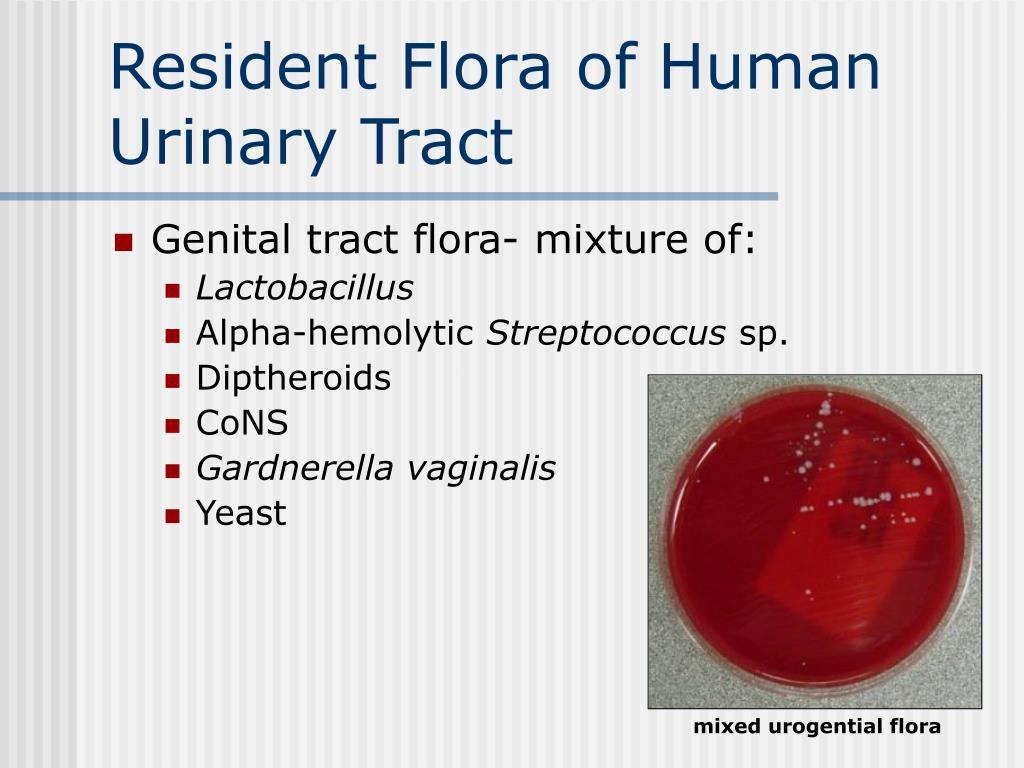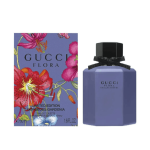Uncovering Mixed Flora Isolated: Probable Contamination/Colonization – Act Now For Optimal Health!
Mixed Flora Isolated: Probable Contamination/Colonization
Introduction
Hello, Flora enthusiast! Welcome to this informative article about mixed flora isolated and its probable contamination/colonization. In this article, we will explore the concept of mixed flora isolated, its potential contamination or colonization, and its significance in various settings. So, let’s dive in and discover more about this fascinating topic!
2 Picture Gallery: Uncovering Mixed Flora Isolated: Probable Contamination/Colonization – Act Now For Optimal Health!
Before we begin, let’s first understand what mixed flora isolated means. Mixed flora isolated refers to the presence of multiple types of microorganisms or flora in a particular sample or environment. These microorganisms can include bacteria, fungi, viruses, and other forms of microbial life. The identification and analysis of these mixed flora can provide valuable insights into the ecological balance, health, and potential risks associated with a specific environment.

Image Source: webflow.com
Now, let’s delve deeper into the details of mixed flora isolated, probable contamination, and colonization, and explore their various aspects.
What is Mixed Flora Isolated?
Mixed flora isolated refers to the simultaneous presence of different types of microorganisms or flora in a particular sample. It could be a soil sample, water sample, or even a sample from the human body. These microorganisms can exist in a symbiotic or competitive relationship, depending on the specific environment and conditions.

Image Source: h-o-m-e.org
For example, in a soil sample, the mixed flora isolated can include different types of bacteria, fungi, and other microbial organisms. Each of these microorganisms plays a crucial role in the soil ecosystem and contributes to its overall health and fertility.
Similarly, in the human body, mixed flora isolated can be found in various areas such as the skin, digestive system, or respiratory system. The presence of a diverse range of microorganisms in these areas is essential for maintaining a healthy balance and preventing the overgrowth of harmful bacteria or fungi.
Who Conducts the Analysis of Mixed Flora Isolated?
The analysis of mixed flora isolated is typically conducted by microbiologists, ecologists, and other professionals specializing in environmental sciences. These experts employ various techniques and tools to identify and characterize the different types of microorganisms present in a particular sample.
Additionally, healthcare professionals may also analyze mixed flora isolated from samples taken from patients to diagnose and treat various infections or diseases. By understanding the composition and behavior of the microorganisms present, healthcare providers can make informed decisions regarding the most suitable treatment options.
The analysis of mixed flora isolated is essential in research, agriculture, healthcare, and environmental studies, providing valuable insights into the dynamics of microbial communities and their impact on human and environmental health.
When is the Analysis of Mixed Flora Isolated Conducted?
The analysis of mixed flora isolated can be conducted in various scenarios and at different stages of research or monitoring processes. It can be done during initial surveys to assess the microbial diversity in a particular environment or sample. It can also be performed as part of ongoing monitoring activities to track changes in microbial populations over time.
In healthcare settings, the analysis of mixed flora isolated is often carried out when investigating infections, particularly those that are difficult to diagnose or treat. By analyzing the mixed flora present in a patient’s sample, healthcare providers can gain insights into the potential pathogens causing the infection and select appropriate treatment strategies accordingly.
Overall, the analysis of mixed flora isolated can be conducted whenever there is a need to understand the composition and behavior of microbial communities in a given context.
Where is Mixed Flora Isolated Found?
Mixed flora isolated can be found in various environments, ranging from natural ecosystems to human-made settings. Let’s explore some common places where mixed flora isolated can be found:
Soil: Soil samples often contain a wide variety of microorganisms, including bacteria, fungi, and archaea. The diverse microbial communities present in the soil play a crucial role in nutrient cycling, organic matter decomposition, and plant growth.
Water: Aquatic environments, such as rivers, lakes, and oceans, are teeming with microbial life. The mixed flora isolated in water samples can include bacteria, algae, protozoa, and other microorganisms that contribute to the overall ecosystem balance.
Human Body: The human body harbors numerous types of microorganisms, collectively known as the human microbiota. These microorganisms can be found on the skin, in the mouth, gut, and other body sites. They play vital roles in digestion, immune system regulation, and overall health.
Industrial Settings: Mixed flora isolated can also be found in various industrial settings, such as food processing plants, wastewater treatment facilities, and agricultural operations. Understanding the microbial ecology in these settings is crucial for ensuring product safety, environmental sustainability, and public health.
Why is the Analysis of Mixed Flora Isolated Important?
The analysis of mixed flora isolated is essential for several reasons:
Evaluating Environmental Health: By studying the microbial communities present in a specific environment, scientists can assess its overall health and ecological balance. This information is crucial for conservation efforts, assessing pollution levels, and understanding the impacts of human activities on natural ecosystems.
Diagnosing and Treating Infections: In healthcare settings, the analysis of mixed flora isolated plays a crucial role in diagnosing and treating various infections. Identifying the specific microorganisms causing an infection allows healthcare providers to prescribe targeted treatments and prevent the spread of antibiotic resistance.
Monitoring Microbial Communities: Ongoing monitoring of mixed flora isolated in different environments helps researchers and policymakers track changes in microbial populations over time. This monitoring can provide valuable data for understanding the impacts of climate change, pollution, and other factors on microbial diversity and ecosystem functioning.
How is Mixed Flora Isolated Analyzed?
The analysis of mixed flora isolated involves several steps and techniques:
Sample Collection: Collecting representative samples from the target environment is the first step in analyzing mixed flora isolated. The samples can be soil, water, or biological specimens, depending on the specific research or diagnostic objectives.
Sample Preparation: Once collected, the samples undergo various preparatory steps, including filtration, dilution, or enrichment, to concentrate the microorganisms present and remove any interfering substances.
Isolation and Culturing: The isolated microorganisms are then cultured on specific growth media that promote their growth and facilitate their identification. This step allows researchers to obtain pure cultures of individual organisms for further analysis.
Identification and Characterization: The isolated microorganisms are identified and characterized using various techniques, including microscopy, genetic analysis, and biochemical tests. These methods help determine the species, metabolic capabilities, and potential pathogenicity of the microorganisms.
Data Analysis: The data obtained from the analysis of mixed flora isolated are analyzed using statistical tools and bioinformatics methods. This analysis provides insights into the composition, diversity, and functional potential of the microbial communities under study.
Pros and Cons of Mixed Flora Isolated
Like any scientific concept or methodology, there are both advantages and disadvantages to the analysis of mixed flora isolated:
Advantages:
Provides a comprehensive understanding of microbial diversity in a given environment.
Helps identify potential pathogens and understand their behavior and interactions.
Contributes to the development of targeted treatments for infections.
Enables monitoring of environmental health and ecosystem changes.
Offers insights into the impact of human activities on microbial communities.
Disadvantages:
Time-consuming and resource-intensive process.
Requires specialized equipment and expertise.
Can be challenging to culture and identify certain microorganisms.
Interpretation of results may be complex and subjective.
Limited ability to study certain microorganisms that are difficult to culture or analyze.
Frequently Asked Questions (FAQs)
1. What are the potential risks associated with mixed flora isolated?
The presence of certain microorganisms in mixed flora isolated can pose health risks, particularly if they are pathogens or have the potential to cause infections. It is important to properly assess and manage these risks to ensure the safety of individuals and environments.
2. Can mixed flora isolated be used for bioremediation purposes?
Yes, the analysis of mixed flora isolated can provide valuable insights into the microbial communities present in contaminated environments. This information can be used to develop bioremediation strategies that harness the natural capabilities of microorganisms to degrade pollutants and restore environmental health.
3. How can the analysis of mixed flora isolated contribute to agricultural practices?
Understanding the mixed flora isolated in agricultural settings can help optimize crop production, manage diseases, and reduce the reliance on chemical inputs. By studying the interactions between plants, beneficial microorganisms, and potential pathogens, agricultural practices can be tailored to promote sustainable and resilient farming systems.
4. Are there any ethical considerations associated with the analysis of mixed flora isolated from the human body?
When analyzing mixed flora isolated from the human body, ethical considerations regarding privacy, informed consent, and data protection are paramount. Researchers and healthcare providers must adhere to strict ethical guidelines to ensure the rights and well-being of individuals participating in studies or receiving medical care.
5. Can mixed flora isolated be used as a biomonitoring tool for environmental pollution?
Yes, the presence or absence of specific microorganisms in mixed flora isolated can serve as indicators of environmental pollution. By monitoring changes in microbial communities over time, scientists can assess the impact of pollutants on ecosystem health and guide remediation efforts.
Conclusion
In conclusion, the analysis of mixed flora isolated and its probable contamination/colonization plays a crucial role in various fields, including environmental sciences, healthcare, and agriculture. It provides insights into the diverse microbial communities present in different environments, their interactions, and their impact on human and environmental health. By understanding the composition and behavior of mixed flora isolated, researchers, policymakers, and healthcare providers can make informed decisions and develop strategies to ensure the well-being of individuals and the sustainability of ecosystems.
Final Remarks
It is important to note that the analysis of mixed flora isolated is a complex and evolving field of study. Ongoing research and technological advancements continue to expand our knowledge and capabilities in this area. As such, it is crucial to stay updated with the latest scientific findings and consult experts when interpreting or applying the concepts discussed in this article. Together, we can continue to explore and harness the potential of mixed flora isolated for the betterment of society and the environment.
This post topic: Flora


